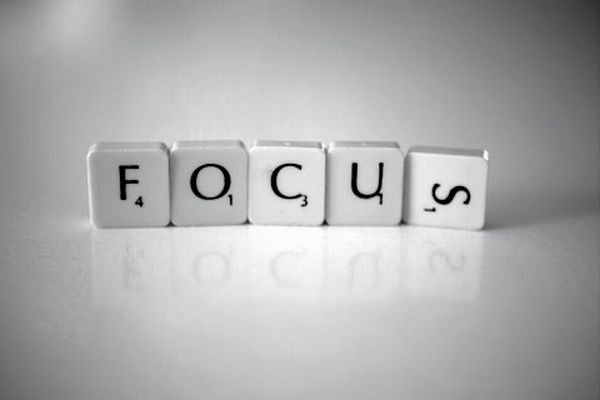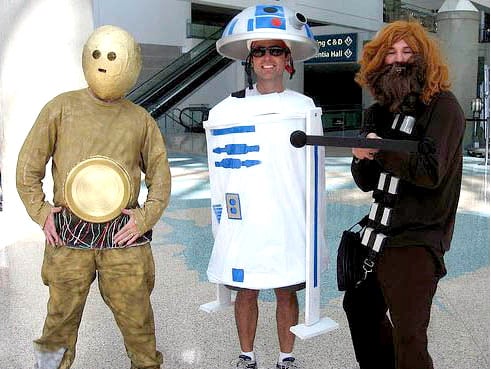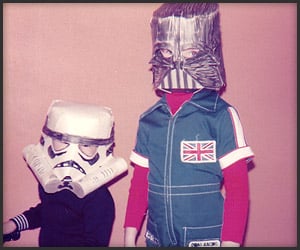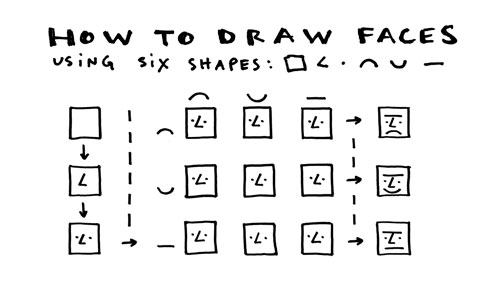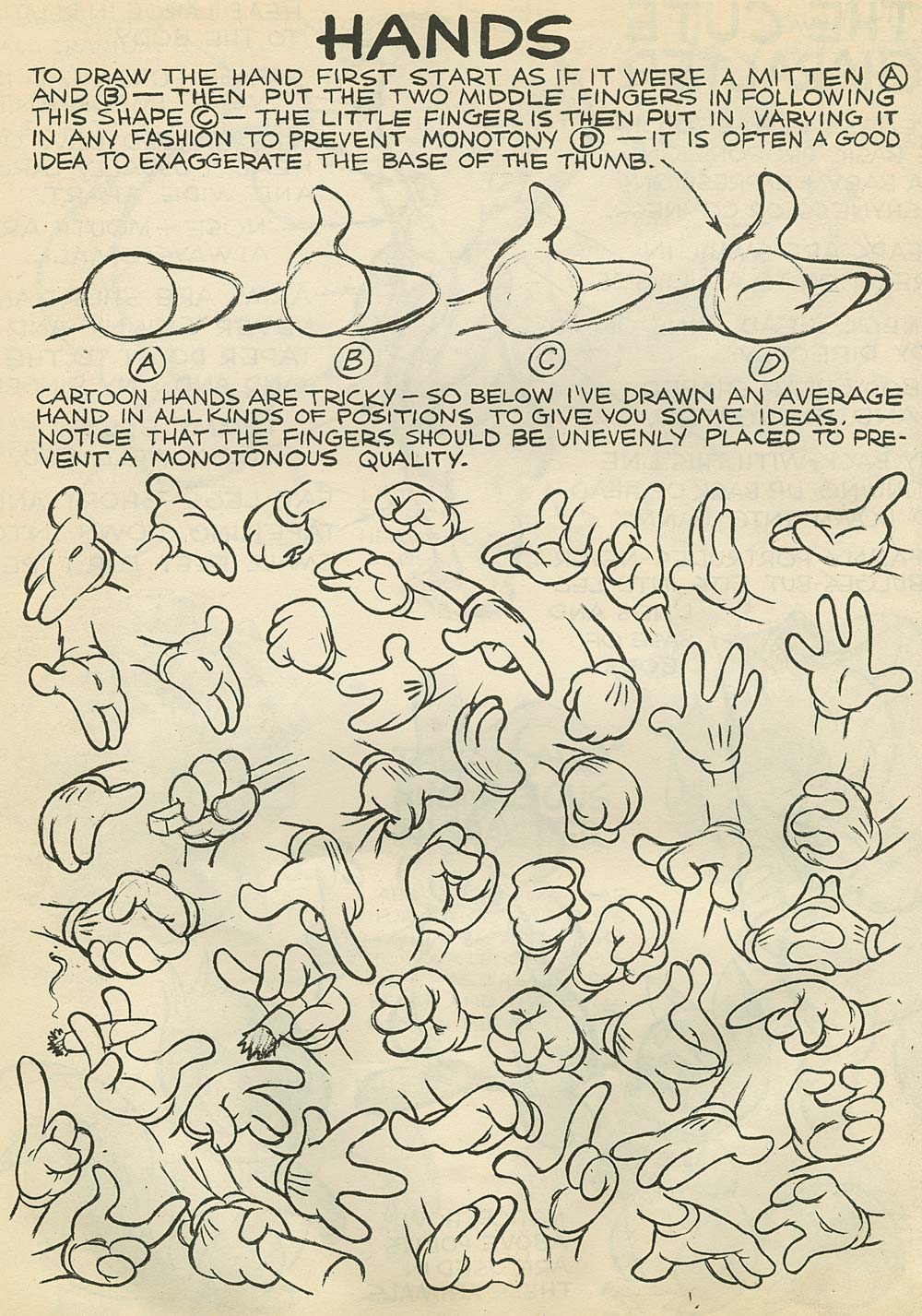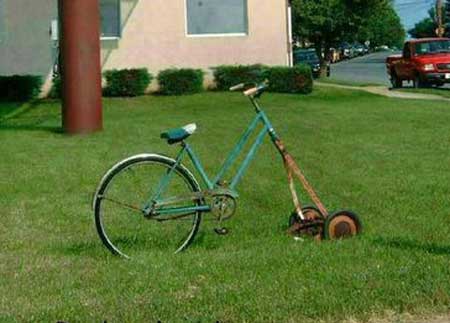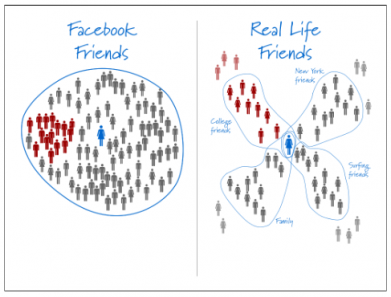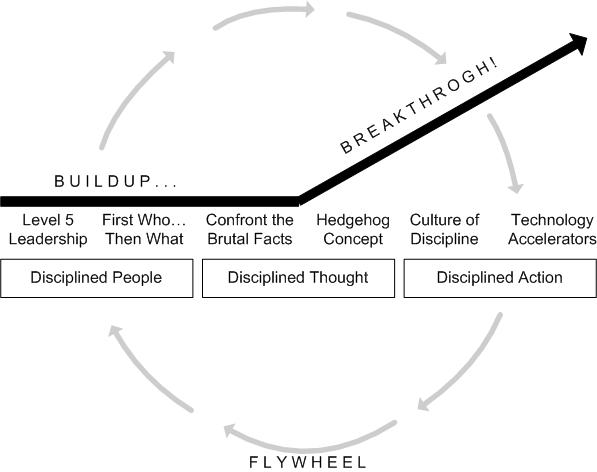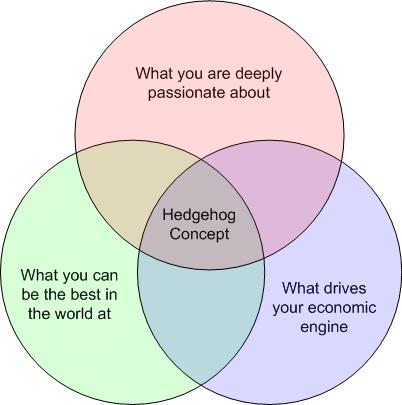
So we have all had those moments in which we are talking with someone we have never met before or have know for only a brief time and you feel a sense that the two of you have much in common and you enjoy the conversation. We can think of this as clicking with the other person, they just seem aligned with our thoughts and beliefs and talking with them is enjoyable. You leave the conversation with them hoping to have some time again when you can again engage in a stimulating talk with them. So what are the things that make people click with us. Can they be analyzed and distilled down to certain traits?
Well Ori and Rom Brafman have written a book all about what makes people click, it gives insight to some of the criteria that are necessary to make these connections, in a meaningful way. What facinates me is the similarities to some of the ideas of Paul Adams when he describes people and their social circles that he has observed in his work on social networks for Google and Facebook.
Let's look at some of these requirements as outlined in the Brafman's book. They refer to these as click accelerators, because they talk mostly about rapid connections. I think these also apply to long term relationships as well. They outline these click accelerators as:
Vulnerability
Showing our weakness's or how human we are can open others up to trust. Being honest and telling the truth offers others a chance to help us and share a problem or thought. Vulnerability can be considered as being shown in two stages the transactional and the connective. The first stage is made up of three steps:
Phatic, is not revealing.
Factual is only giving information about ourselves as data.
Evaluative reveals our views of people and situations, without emotion. This has limited risk of revealing information about ourselves.
The second stage the connective interactions are based more on our feelings and emotional point of view, these are far more revealing and authentic conversations. It consists of two more steps:
Gut Level, these are statements that are more emotional cues to how we feel about something or someone.
peak statements, these are the most emotional and inner thoughts and feelings we have towards others. They have the most risk of make us vulnerable to wrongful attack but are also the most valuable way to express ourselves authentically to others.
Moving through these steps of vulnerability takes our relationship and ability to click with another through different stages and levels of attachment. The more vulnerable you make yourself the more risk you take to get hurt, but also the deeper the relationship you will have with another.
Proximity
Being close to someone physically makes a huge difference in our ability to connect with them. Whether working in an office or just meeting in at a football game. People respond better when they can be in close proximity to others. Having spontaneous communication helps forge relationships. Most of the work I have already looked into talks about the creative process improving when people interact more and are closer together in a building.
Paul Adams also mentions that when people communicate they seem to prefer regular small lightweight interactions. These are going to occur more often if people are near each other. These interactions need not even result in a conversation, they might be what is referred to as passive contacts such as a nod of the head or can be thought of as liking something or someone in Facebook. It merely shows recognition of that person, but it all registers as another interaction, that adds up.
Resonance
mihaly csikszentmihalyi, talks about this as being in a state of
flow. Things just seem to be working, we are engaged at a deep level, with enough challenges and effort to keep us stimulated and enough progress to make us feel achievement and self satisfaction. This helps us make a connection with others when we can give them our undivided attention and listen intently at what they are saying. This level of engagement will be obvious to those involved both sides talking and responding with authentic conversation. There is a sense of agreement and acceptance of the others point of view and ideas. Much of this is about empathy.
Similarity
Birds of a feather flock together, and we are no different. We tend to gravitate to those that have similar beliefs or interests as us. This makes sense when you consider how we want to support our own inner narrative, of who we are. Again Paul Adams talks about his observation of our social circles, and how we may have 4-5 distinct groups but how each group shares common attributes with us and with each other. It would make sense that to get a good connection we would look for similarities with those we converse with. We of course want to avoid conflict and are not always looking for arguments, and especially try to avoid those that cannot accept us for what we are or think. Interestingly, when in a business environment, we tend to align ourselves with others in our group, to appear similar, and avoid conflict. So when we can control our choices we prefer to find those that already believe what we do.
Safe place
The power of our environment has a profound effect on us. This is especially heightened when there is a shared goal or reason that puts us together. Adversity can bring people closer, and having a problem that is solved as a group or team makes that team string as a unit. But this doesn't need to be a negative event. Even sitting in the home of a person from another country than your own can have an immediate effect on forging new relationships, there is a sense of being removed from the normal status quo of your natural environment, and so you look for anything that can connect you to others in the group. This is all part of the wanting to be part of something larger than ourselves and looking for our our identities.
These are just some of the great ways that people can move from ordinary relationships such as they have with work colleagues to deeper relationships built on friendship and trust. These moments of clicking with another can be enhanced by some of these observations and being aware of them can help you achieve wonderful friendships that can last a lifetime.
